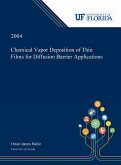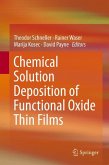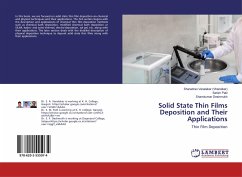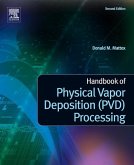A laboratory-scale reactor and a novel method for the atmospheric pressure chemical vapor deposition (APCVD) of SiO2-x films are developed. The deposited films are investigated to synthesize heterogeneously upon the substrate surface with the elimination of the so-called gas-phase reaction, hence preventing parasitic oxide particles upon the substrate surface and the reactor inner walls. The films are extensively inspected in terms of chemical and optical properties and utilized for crystalline silicon solar cell applications. Simple reactor design with low safety measures, a wide range of deposition rates, high film resilience, and stability for the intended applications are successfully achieved. The newly developed APCVD SiO2-x is proven to protect the Si wafer surface against texturing in alkaline and acidic solutions. Electroplated metallization schemes of heterojunction and passivated emitter rear contact solar cells are examined with the use of the SiO2-x as a masking layer in the grid electrode-free area.








